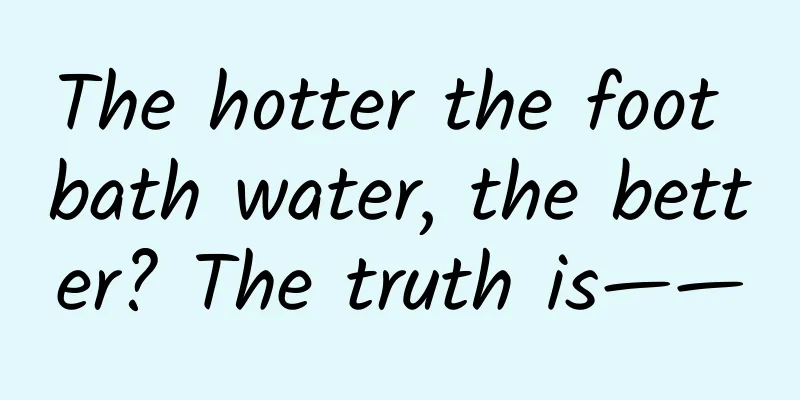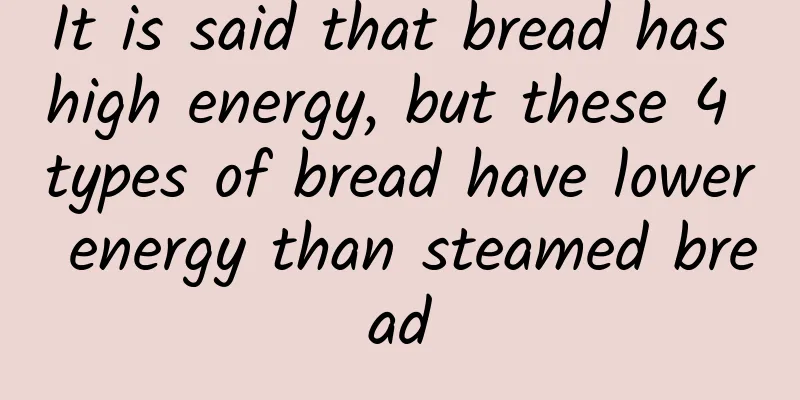How to efficiently achieve active user growth?

|
“ Retention analysis is an important method and analytical approach for user operations . ” I have been writing articles related to data theory and machine learning recently, and I haven’t written anything related to practice for a long time. Today I will share the logical details of user retention analysis and common productization ideas. Regarding the content related to analysis methods, I have previously written "Implementation Details of RFM Analysis", "Funnel Analysis and Productization", "Detailed Logic of Attribution Analysis", and "Details and Productization of Path Analysis". These are all contents that readers are more concerned about, and you can refer to them. What is retention analysis(1) Visual presentationI think everyone should be familiar with this picture: Yes, this is a typical user retention analysis chart. Generally speaking, the first column on the left side of this graph is the user's acquisition time, and the right side is the number of users who still have operations on the first day (week, month), the second day (week, month), and so on, as well as the retention rate. The retention rate here = the number of users on the specific subsequent day ÷ the total number of users on the day the user was acquired (i.e. the second column in the above figure). The time granularity can be days, weeks, months, or even years. (2) Content and significance of analysisIn fact, from the above picture, including the name of retention analysis, we can also see that retention analysis is used to analyze the retention status of newly acquired users on the website or APP within a period of time after acquisition. To get to the point, retention analysis is actually to expand users according to the date dimension and look at their behavioral performance during the expanded dates, and the main thing to look at is whether they are still website users, that is, retention. One great benefit of doing this is that it allows analysis of user retention quality, thus avoiding the situation where too many new users mask poor retention quality. (3) Overview indicators of retention analysisOf course, the visual retention analysis chart above is quite complex, mainly involving a date matrix. Although it is very intuitive, the information is relatively scattered. Sometimes, for reporting, analysis, or to establish a North Star Metric, we need a more general metric. This is generally the date retention rate. For example: 7-day retention rate, 14-day retention rate, next-day retention rate, monthly retention rate, etc. (note that 30-day retention and monthly retention are not the same concept, and weekly retention and 7-day retention are also different). Emphasize: It is rude to only talk about retention rate without mentioning the date. Because it is obvious that the longer the time, the lower the retention, there is no meaning in comparing the retention in different time periods. The specific calculation is relatively easy to understand. According to the above figure, the sum of the users retained on the corresponding date is used as the numerator, and the corresponding total number of users is used as the denominator. Through this operation, it becomes more convenient to measure retention with one indicator. 02 Retention, funnel and path analysisWe have actually shared "Path Analysis" and "Funnel Analysis" before. Is retention analysis related to the above two analyses? The answer is yes. (1) SimilaritiesThese three analysis contents are all about users. Specifically, it is an analysis of users’ behavioral performance in different core paths or product links over a period of time. (2) DifferencesThe three analyses have different focuses.
(3) Relationship (this part is very important)In fact, these three are also related to each other. We can think of funnel analysis as a general analysis that analyzes the conversion rate and churn of users in the core product process over a period of time. Funnel analysis is a pre-defined behavior chain, such as searching first, adding to cart, placing an order, and paying. But what is the reality? User behavior is **. There must be users who search again after adding items to cart, or browse after placing an order, etc. So it is not in the ideal order of funnel analysis. If you want to analyze the user's specific jump path in each product link, you need to break down the user's actual behavior sequence for analysis, which is path analysis. But this does not mean that funnel analysis is meaningless. It solidifies the process and simplifies and abstracts the process. Although it cannot reflect the detailed path relationship, it can analyze the transformation of each link as a whole. Both funnel and path analysis focus more on the product link. What if you want to analyze user behavior over time? Yes, selecting two links (or two links with derived logic) from the product link and expanding them along the time dimension is retention analysis. This is my personal opinion on these analyses. 03 Productization of retention analysisFinally, let’s briefly talk about the productization practice of retention analysis. (1) Start and end behaviorFirst, it is important to clarify the definition of the start and end date behavior. As we mentioned above, retention analysis looks at the time span between two product links. Let’s look at Sensors’ product design: At the top is the choice of start and end behavior. Usually, we look at the registration behavior at the beginning and the user login behavior at the end. This can reflect the user retention, no doubt. What if the start date is registration and the end date is the user's purchase? Can it also reflect user retention? It's just more stringent than landing. Therefore, different definitions of start and end behaviors will result in significant differences in retention statistics. The specific behavior to be used still needs to be analyzed based on the analysis scenario. However, in corporate practice, a broader logic is often used to focus on user retention quality, that is, the focus is on the subsequent login behavior of registered users, which is at most browsing, and the later-link behaviors (such as purchases) are not considered. Why? Because the subsequent links should be counted as user link conversions. Since the user has returned to the website, you can reach them through pop-ups, coupons, etc., and retention is actually not important. Moreover, the post-link behavior superimposes the product’s funnel loss, resulting in retention analysis being superimposed with other factors, which weakens the significance of the analysis. (2) Analysis cycleThe second important parameter is the date range and time intensity of the analysis. The time range is relatively easy to understand, that is, to see the user behavior within a certain date range. What does time intensity mean? Yes, this is what I said above, 7-day retention and next-week retention are different. Time intensity refers to whether we analyze retention in days, weeks or months. (3) Retention graphThis is the chart we first threw out. The Sensors chart consists of two parts: There is also another part which is the trend chart, which I will not post here. Friends who are interested can take a look at it themselves. (4) User segmentation Of course, there is also user segmentation. For example, look at the overall retention performance of new users, or the retention performance of male users. That’s all I’m going to share today about retention analysis. I’ll share separately later about how to conduct user operations based on retention analysis. Welcome everyone to continue following us! Author: Sanjin Source: Internet Things |
<<: Marketing analysis of Jay Chou’s first live broadcast on Kuaishou!
>>: Japanese advertising is really worth learning
Recommend
Xunlei is sued in the US: Is it because of its inability to tell stories?
The hot summer of June 2015 is about to pass, and ...
Only 3 scientists in the world! Chinese scientists won this international award
Recently, at the Eurokarst2022 conference at the ...
Five bosses changed in six years: What is Shanda Games trying to do?
Shanda's changes basically occurred after 200...
6 steps to write good soft articles, and you can promote well with little investment
Hello everyone, today I am here to share with you...
After reading 300 fission cases, I want to share with you the traffic acquisition thinking
This article will help you change your taste. It ...
Advertising script and running volume formula!
Why does the original material cost hundreds of t...
Tips for selecting topics for new media operations in 2020!
When operating new media , there are two major pr...
How to identify silk from unearthed cultural relics? The answer is... "nucleic acid test"? !
On July 5, 2023, the Science Popularization China...
There are so many online promotion channels, which one is suitable for us?
I still remember when I first entered the industr...
10 ways to monetize TikTok
Douyin is not just a short video tool, but a cont...
Surpassing "predecessors", only 7.8 mm! The new wireless amphibious origami robot can flip and roll
When we think of robots, the images that come to ...
A guide to designing splash screen ads for the gaming industry!
The splash screen ad that appears in the few seco...
How to use the ARPPS model to evaluate the quality of a community?
It is not easy to judge whether a community is go...
Electric Technology Car News: Haval, Trumpchi and Highlander are better than Hanteng X7S, which has a loud slogan but many problems
The Shanghai Auto Show is undoubtedly an auto sho...
Operational skills and ideas for playing short videos
In recent years, short videos have occupied the l...









